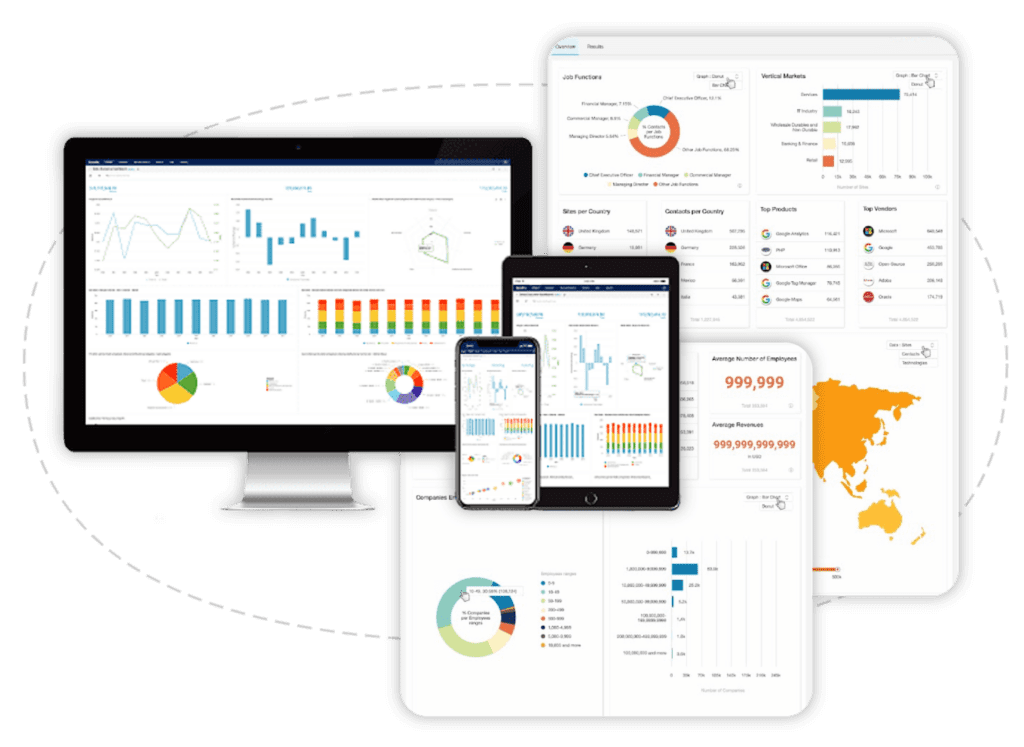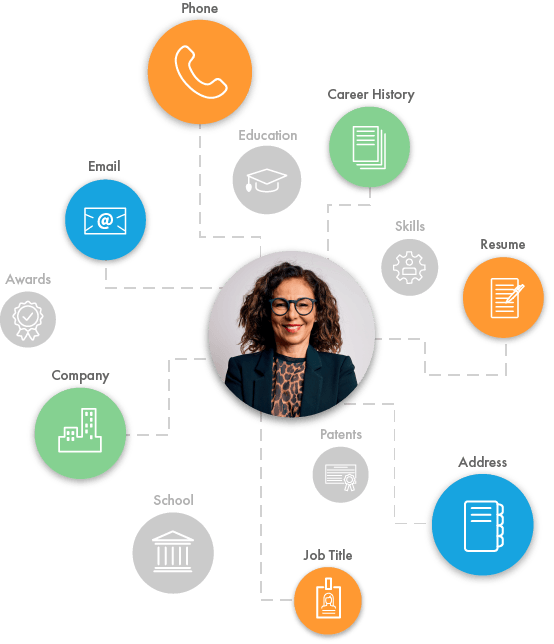Luxury Cars in A Look into the Future
Luxury cars have always been a symbol of opulence and prestige. However, as technology continues to advance at an unprecedented rate, the future of luxury cars is set to be even more exciting. One trend that we can expect to see in the coming years is the rise of electric luxury vehicles. With concerns about climate change and environmental sustainability on the rise, many car manufacturers are investing heavily in developing electric models for their high-end brands – and these are being shipped daily.
Another trend that will shape the future of luxury cars is autonomous driving technology. Self-driving cars are already being tested on public roads by companies such as Tesla and Google’s Waymo. In the near future, it’s likely that we’ll see this technology implemented into luxury vehicles too. This could revolutionize not only how we drive but also how we use our time while travelling.
Finally, design will continue to play a crucial role in defining what makes a luxury car truly luxurious. We can expect to see sleeker lines and bolder features as designers push boundaries with new materials and shapes. As well as this, interior design will become increasingly important with comfort and convenience taking center stage alongside aesthetics. All these trends point towards an exciting future for those who love high-end automobiles – one where innovation meets elegance like never before!
The Future of Luxury Cars: What to Expect in
Luxury cars have always been a symbol of wealth, status, and power. However, in the near future, luxury cars will not only be about prestige but also sustainability. The trend towards electric and hybrid vehicles is growing rapidly as car manufacturers are becoming more environmentally conscious. In the coming years, we can expect to see luxury car brands like Mercedes-Benz and BMW release fully-electric models with impressive ranges.
Another trend that is gaining popularity in the world of luxury cars is autonomous driving technology. Self-driving features such as lane departure warnings and adaptive cruise control are already available in many high-end vehicles today. However, advanced autonomous systems that allow for hands-free driving on highways or even city streets are expected to become more commonplace in luxury cars by 2025.
In addition to eco-friendliness and autonomy, another area where luxury carmakers are focusing their attention is on enhancing the overall driving experience through augmented reality (AR) technology. AR head-up displays (HUDs) will project information onto the windshield so drivers can keep their eyes on the road while accessing vital data such as speed limits or navigation directions. This technology has already been implemented by companies like Porsche and Audi in some of their latest models but it’s expected to become standard across all premium brands soon.
Discover the most anticipated luxury cars that will hit the market in from electric cars to self-driving cars, and learn about the latest trends in luxury car design and technology.
The luxury car market is set to see some exciting new additions in the coming years, with electric and self-driving cars leading the way. One of the most anticipated releases is the Tesla Model S Plaid, which promises a 0-60mph time of under two seconds and a range of over 520 miles on a single charge. The Plaid also features advanced autonomous driving capabilities, making it one of the most technologically advanced luxury vehicles on the market.
Another highly anticipated release is Mercedes-Benz’s EQS sedan, an all-electric vehicle that boasts a sleek design and cutting-edge technology. With up to 435 miles of range on a single charge and fast-charging capabilities, this vehicle offers both style and practicality for those looking to make the switch to electric. The interior features an impressive MBUX Hyperscreen display system that spans across three screens, providing drivers with access to all their essential functions at their fingertips.
Luxury car enthusiasts can also look forward to BMW’s iX SUV, which combines sustainability with high-performance driving. This fully electric SUV has a range of up to 300 miles per charge and can accelerate from zero-to-60mph in just under five seconds. It also includes advanced driver assistance systems such as adaptive cruise control and lane departure warning for added safety on long drives. As more luxury automakers embrace sustainable technologies like these, we can expect even more innovative designs and features in future releases without sacrificing performance or comfort for drivers.
The Top Luxury Car Brands of
Mercedes-Benz, BMW, and Audi are three of the top luxury car brands in the world. Mercedes-Benz is known for its high-end vehicles that offer a blend of luxury and performance. The brand has been around since 1926 and continues to innovate with new models like the S-Class sedan which features advanced safety technology.
BMW is another popular luxury car brand that offers a range of vehicles from sports cars to SUVs. The company was founded in 1916 and has become famous for its driving dynamics and iconic designs. One of their latest innovations is the i8 hybrid sports car which combines electric power with a turbocharged engine for an exhilarating ride.
Audi rounds out our list as one of the most sought-after luxury car brands on the market today. Known for their sleek design, advanced technology, and impressive performance capabilities, Audi’s lineup includes everything from compact sedans to full-size SUVs. Their latest model, the e-tron GT electric sportscar promises to revolutionize how we think about sustainable transportation without compromising on style or speed.


